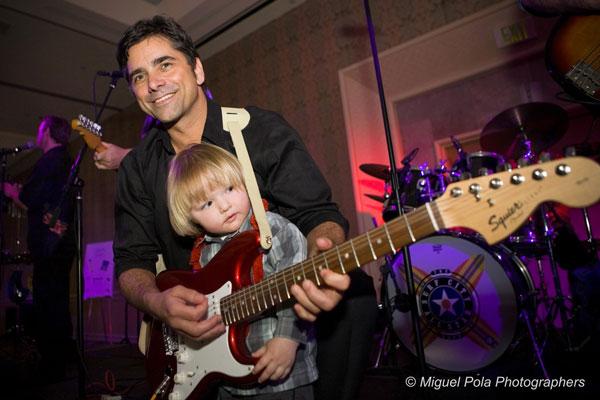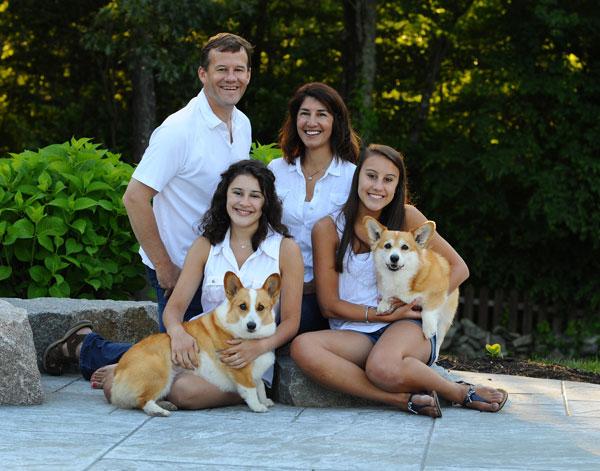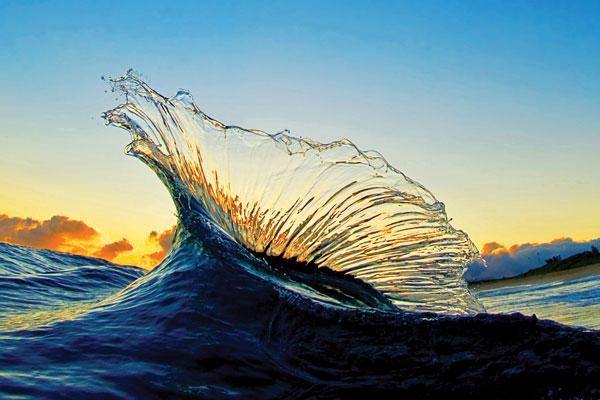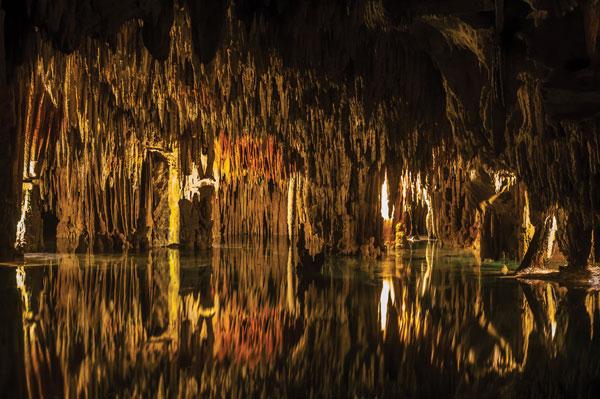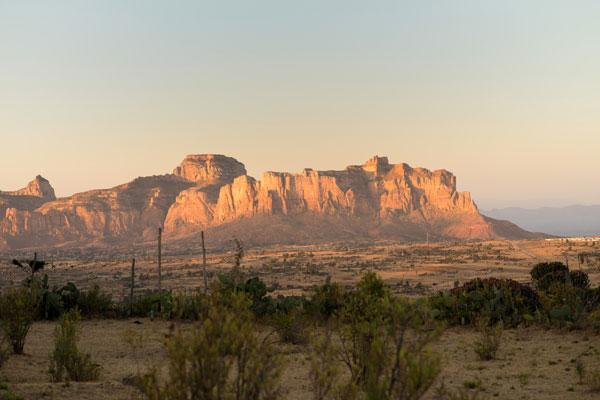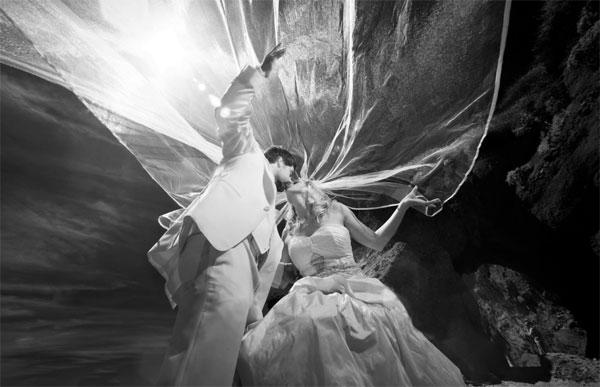Pro Techniques
Sort By: Post Date TitlePublish Date
|
Nov 22, 2013 |
First Published: Oct 01, 2013 |
|
Nov 19, 2013 |
First Published: Oct 01, 2013 |
|
Nov 15, 2013 |
First Published: Oct 01, 2013 |
|
Nov 12, 2013 |
First Published: Oct 01, 2013 |
|
Nov 05, 2013 |
First Published: Oct 01, 2013 |
|
Oct 25, 2013 |
First Published: Sep 01, 2013 |
|
Oct 15, 2013 |
First Published: Sep 01, 2013 |
|
Sep 20, 2013 |
First Published: Aug 01, 2013 |
|
Sep 10, 2013 |
First Published: Aug 01, 2013 |
|
Sep 06, 2013 |
First Published: Aug 01, 2013 |
|
Aug 29, 2013 |
First Published: Jul 01, 2013 |
|
Aug 23, 2013 |
First Published: Jul 01, 2013 |
|
Aug 16, 2013 |
|
Aug 06, 2013 |
First Published: Jul 01, 2013 |
